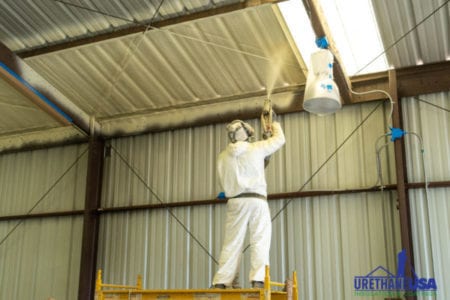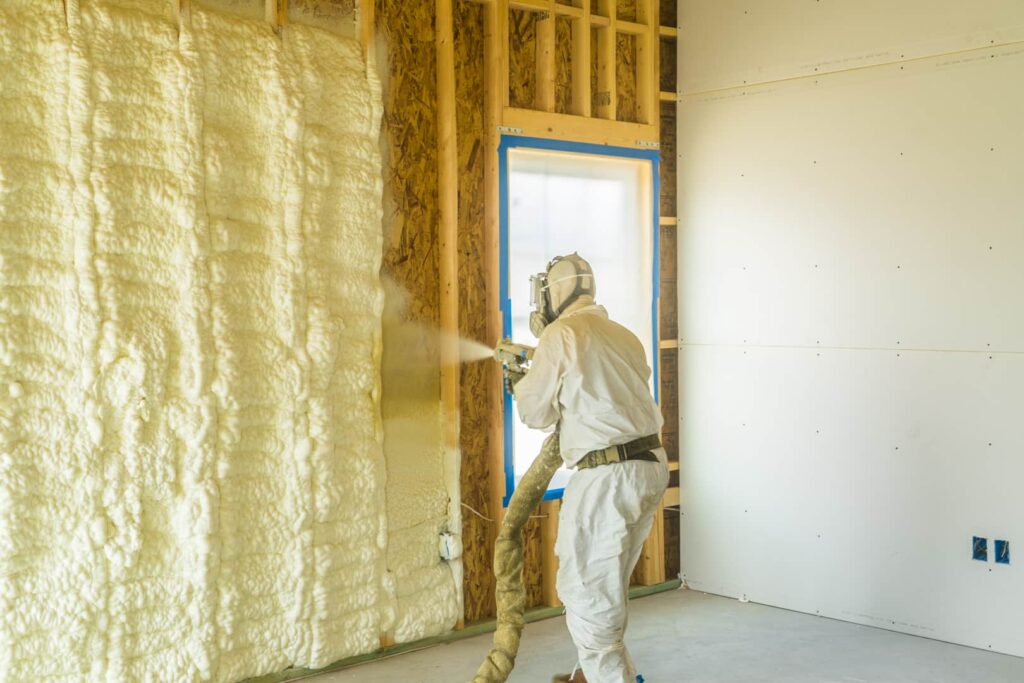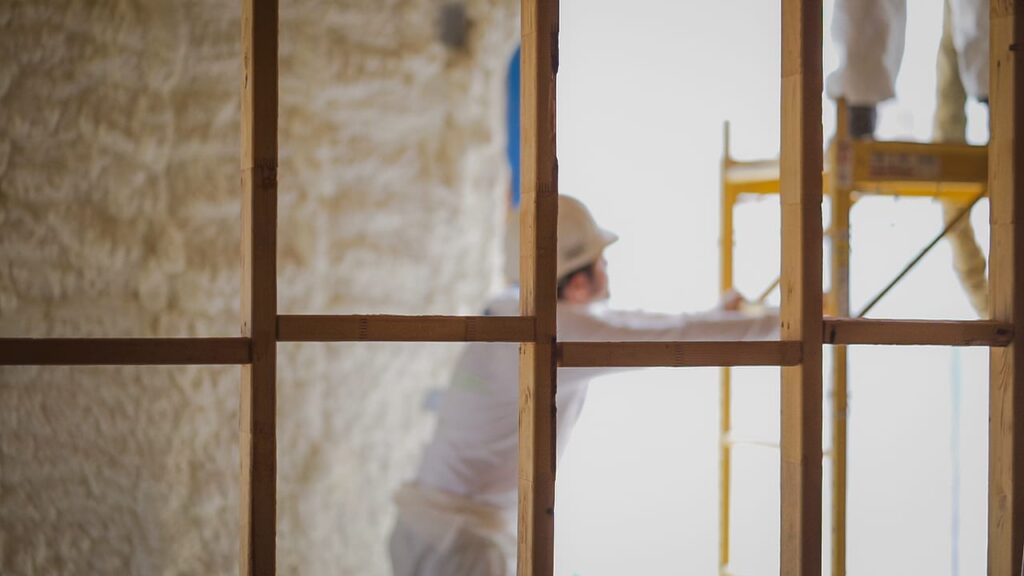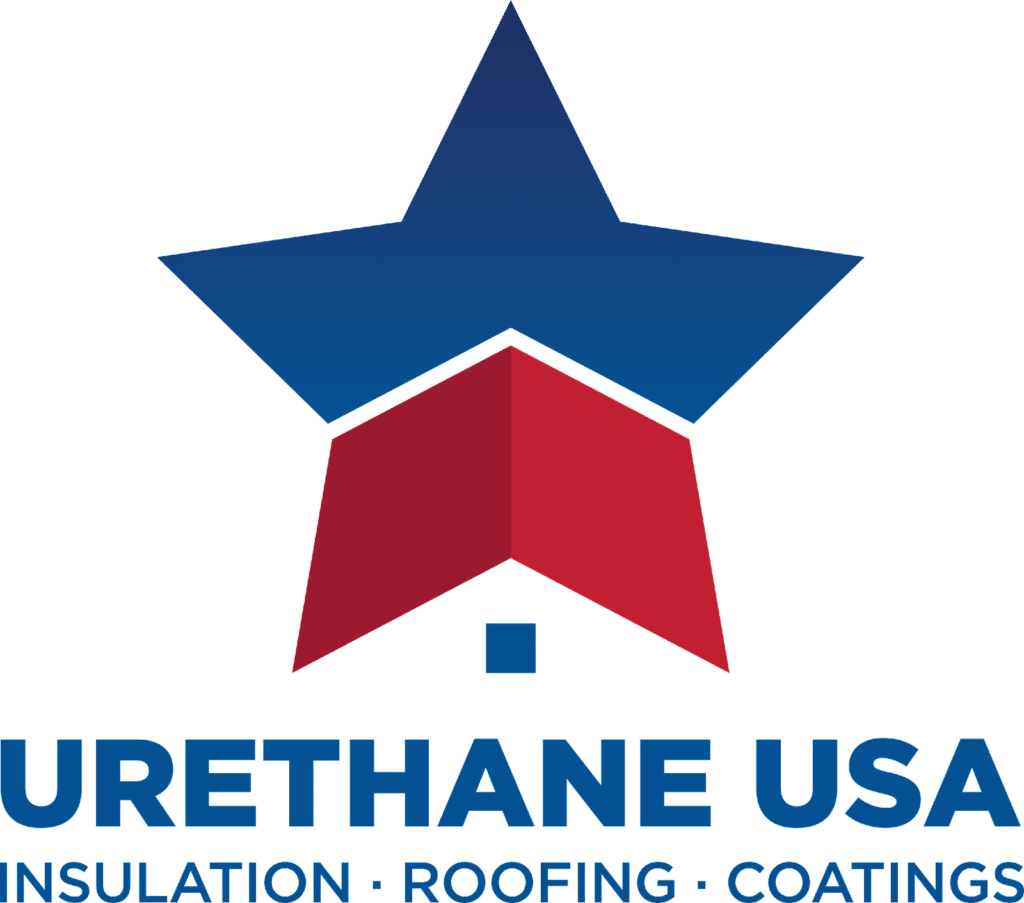Urethane USA Spray Foam Insulation

At Urethane USA we specialize in spray foam insulation services. It is a core part of our business. We are proud of the quality of our materials and the skill of our craft. Urethane spray foam insulation has been shown to insulate up to 50% better than materials such as fiberglass or cellulose. As a result, many homeowners and commercial customers select spray foam for their properties in El Paso and New Mexico
Spray foam insulation is extremely versatile. It’s primary benefit is superior energy conservation (higher r value) and is used for roofs, attics, walls, storage containers, garage doors and many other surfaces that would benefit from resistance to heat flow and/or sound proofing. Building science has identified that spray foam insulation products significantly increase the structural integrity of a building, whether its an insulated wall, exterior wood or anywhere where a sealed barrier of spray urethane would save home energy and air conditioner and heating systems.
Many customers have heard about the benefits of spray foam (more on that here) However, some have also heard it’s expensive, complicated and difficult to install. Our professional team at Urethane USA is here to make the process simple. We use premium materials in the correct quantities (never less than specified for your project) and craft your unique solution with care. We leave you with insulation that will save you money and add long-term value to your home or commercial building.
Talk to Our Experts

In the project design and estimation process, we will look at your specific needs and which surfaces you are seeking to insulate. We will look at the holes, cracks and leaks that are allowing air to infiltrate your building and lose energy. We will take account of any mold or mildew that you might be experiencing. Of course, we will never recommend spray foam if it’s not the right solution for you.
Care in the Design Process
In the project design and estimation process, we will look at your specific needs and which surfaces you are seeking to insulate. We will look at the holes, cracks and leaks that are allowing air to infiltrate your building and lose energy. We will take account of any mold or mildew that you might be experiencing. Of course, we will never recommend spray foam if it’s not the right solution for you.
In the design and estimation process we will also evaluate what type of spray foam will work for your needs. The basic types of spray foam insulation are open cell and closed cell. Both are high quality products but suit different applications.
Most commonly, we recommend closed cell polyurethane spray foam, which has a higher r value (around 6.7 per inch) and a higher capacity to insulate. This is particularly suited for roofing, walls, metal buildings, typically large surfaces and areas that are directly exposed to the outside. Closed cell prevents water from seeping into the insulation, preventing nasty moisture build-up that causes bacterial and mold growth.
If your need is for open wall cavities, crawl spaces, perimeter rim joists, cathedral ceilings, and garage ceilings, we sometimes recommend open cell spray foam. Open cell foam is not as dense as closed cell however it’s often a more cost-effective solution. Open-cell R-value is usually 3.7-4.0 per inch applied.

Experience Matters When Applying Foam
Contrary to what you might have heard, spray foam can be applied quickly. Of course, having a skilled expert and experienced insulation contractor is critical. It’s also important to make sure your spray foam has the correct thickness and texture. Before we apply any foam to your building, we carefully prepare each surface, removing dust and debris, and ensuring the foam is applied to clean dry surfaces to ensure no flaws in the process.
The installation process is critically important. In spite of its many advantages, spray foam installation isn’t foolproof. Some customers have reported problems with prior sloppy foam insulation. For example, some installers have been known to begin spraying before the chemical components get to the correct temperature, which can affect component mixing and foam performance. When the chemical components are poorly mixed or mixed in the wrong ratio or at the wrong temperature, cured foam has been known to shrink away from rafters or studs, leaving cracks. Some installers rush spraying, leaving gaps.
Spray foam chemicals are approved compounds that are perfectly safe once the product has cured after application. However, we make sure you never have physical contact with the product during application and immediately thereafter. Our professional applicators take all the necessary required safety precautions during application. For this reason, for all interior projects, we recommend clients vacate the entire premises during product application.
Depending on the specifications of the project, our project manager will inform you when it is safe to return to the workspace. Since the product cures relatively quickly, you can return to your home or building soon after the application is complete.
![]()
Beautifying the Finished Product
Upon completion of the application process, the detailing work begins. Depending on the type of application, we often need to shave or trim before finishing our work. Interior residential jobs, often require cutting the foam to ensure the sheetrock will fit over the insulation. In closed-cell application such as roofs, it is part of our normal process to smooth areas around scuppers & drains to ensure proper drainage.
Over many closed-cell spray foam applications we apply a protective coating. These coatings range from Acrylic based to high-solid Silicone coating (to learn more about 100% roof solution solutions click here). The purpose of the coatings are generally to protect the foam and enhance the life of the polyurethane spray foam product. Depending on the type of coating applied, we often apply 2-3 layers to ensure the proper thickness. In roofing applications, we ALWAYS top coat the polyurethane spray foam to protect the foam from the elements.

Final Client Walkthrough
Once the crew has finished the details and the coating is applied (if necessary), it is time for the final walkthrough. This is the final step in the process. Our project manager organizes a time with the owner of the property to do the final walk-through of the work. At this time any warranties are issued (if applicable), and the owner can freely discuss comments or questions regarding the process, product, warranties, etc.

